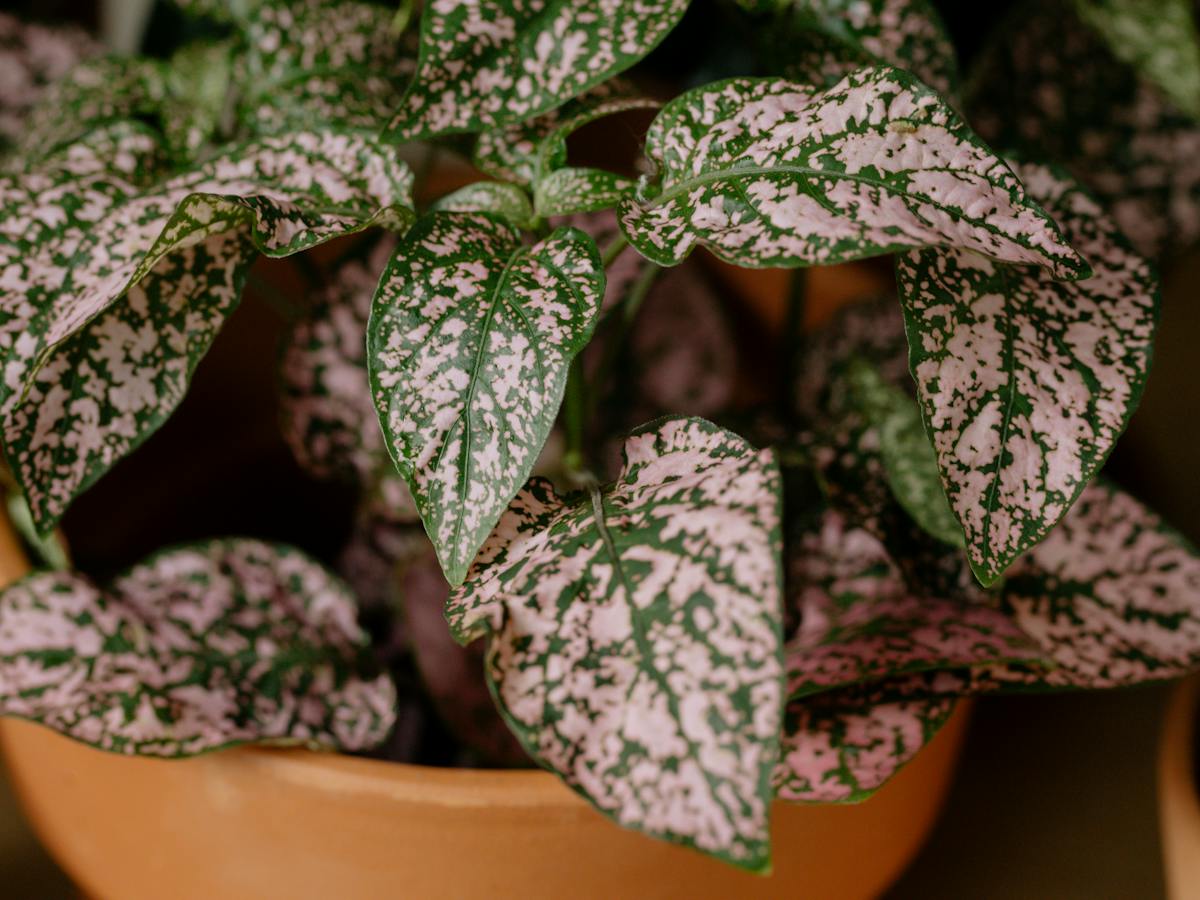“Are Polka Dot Plants Toxic to Cats” Indoor plants have become a staple in modern homes, bringing a touch of nature into our living spaces. One such plant that has gained popularity is the Polka Dot Plant (Hypoestes phyllostachya). But, are Polka Dot Plants toxic to cats? In this article, we’ll explore the risks associated with having these charming plants around our feline friends.
Polka Dot Plant Characteristics
Polka Dot Plants are known for their striking, brightly colored leaves adorned with unique patterns. Their popularity as indoor plants has surged due to their aesthetic appeal and relatively easy care requirements. However, before introducing them into our homes, it’s crucial to understand the potential risks they may pose to our furry companions.
Toxic Components in Plants
Many plants contain compounds that, while harmless to humans, can be toxic to pets. Polka Dot Plants, in particular, contain substances known as saponins and calcium oxalates. These compounds contribute to the plant’s distinctive appearance and serve as natural defense mechanisms. However, when ingested by cats, they can lead to various health issues.
Symptoms of Toxicity in Cats
Recognizing the symptoms of plant toxicity in cats is vital for prompt intervention. In the case of Polka Dot Plants, ingestion may result in mild gastrointestinal upset, including vomiting and diarrhea. More severe reactions can include difficulty swallowing, drooling, and, in rare cases, respiratory distress. Being aware of these signs is crucial for responsible pet ownership.
Pet-Friendly Plant Alternatives
For pet owners seeking a balance between a green living space and their feline companions’ safety, several pet-friendly plant alternatives exist. Spider plants, Boston ferns, and Areca palms are excellent choices, adding a touch of nature without compromising the well-being of your beloved cats.
Mitigating Risks: Plant Placement
Preventing access to toxic plants is a fundamental aspect of creating a safe environment for pets. Strategically placing Polka Dot Plants out of reach and considering elevated locations can significantly reduce the risk of ingestion. This simple step goes a long way in ensuring the safety of your curious cats.
Educating Pet Owners
As responsible pet owners, it’s our duty to stay informed about the potential risks associated with the plants in our homes. Educating ourselves and others about the specific dangers of Polka Dot Plants helps create a safer environment for our furry friends.
Recognizing Signs of Distress
Being vigilant and recognizing signs of distress in cats is paramount. If you suspect your cat has ingested a toxic plant, observing for symptoms such as lethargy, lack of appetite, or changes in behavior is crucial. Acting promptly and seeking veterinary care can make a significant difference in the outcome.
Creating Pet-Safe Zones
Designating specific areas as pet-friendly zones can be an effective strategy. By choosing non-toxic plants for these areas, you provide your cats with a safe space to explore and enjoy greenery without the associated risks.
Popular Non-Toxic Indoor Plants
If you’re concerned about the potential toxicity of Polka Dot Plants, consider exploring other non-toxic indoor options. Plants like the Spider Plant, Boston Fern, and Areca Palm are not only safe for cats but also add beauty to your living space.
Balancing Aesthetics and Pet Safety
Finding the right balance between aesthetics and pet safety is achievable. By carefully selecting plants, understanding their potential risks, and implementing preventive measures, you can create a harmonious environment where both your plants and pets thrive.
Conclusion
In conclusion, while the allure of Polka Dot Plants is undeniable, it’s essential to weigh the potential risks, especially when sharing your space with cats. Responsible ownership involves not only enjoying the beauty of indoor plants but also prioritizing the well-being of your furry companions. You may like to Read This article
FAQs
Q1: Are Polka Dot Plants toxic to cats?
A1: Yes, Polka Dot Plants contain toxic compounds that can harm cats if ingested.
Q2: What are the common symptoms of plant toxicity in cats?
A2: Common symptoms include vomiting, diarrhea, difficulty swallowing, drooling, and, in severe cases, respiratory distress.
Q3: Can I still have indoor plants if I own a cat?
A3: Absolutely! Choose non-toxic alternatives like Spider Plants, Boston Ferns, and Areca Palms to create a safe and vibrant living space.
Q4: How can I create a pet-friendly zone in my home?
A4: Designate specific areas for non-toxic plants, placing them out of reach of your curious cats.
Q5: What should I do if I suspect my cat has ingested a toxic plant?
A5: Seek immediate veterinary care and monitor for symptoms of distress in your cat


